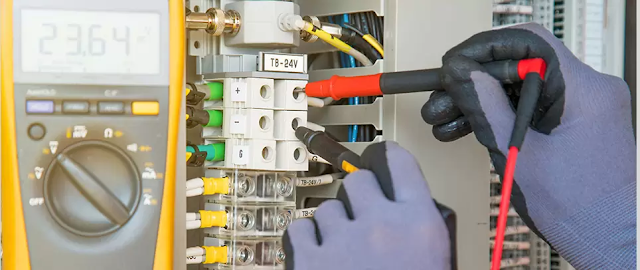Variable Speed Drive: Everything You Need To Know
Variable speed drives (also known as variable frequency drives or VFDs) are a fairly new technology that can help you save energy, money, and headaches. But what exactly is a variable speed drive? And how does it work? In this post, we'll go over everything you need to know about variable speed drives: how they work, what types of motors you can use them with, and more.
What are variable speed drives used for?
Variable speed drives can be used to control the speed of a motor, and they are used in a wide range of applications. The most common use for variable speed drives is to increase efficiency and reduce energy consumption.
Variable speed motors are also ideal for use in applications where there is a need for precise positioning of the load that is being moved by the motor. In addition, many industries have adopted variable speed technology as part of their standard practices because it improves safety and reduces waste.
Some common applications include:
- industrial machinery
- commercial refrigerators and freezers
- air conditioning systems

How does a variable speed drive work?
A VSD is an electronic device that controls the speed of an AC motor by varying its output frequency. This process is known as phase angle control, and it can be performed in a variety of ways.
In one method, a sensor located on or near the motor shaft detects when the rotor passes through zero rotation (i.e., when it's turning backwards). When this happens, the VSD switches off power to the induction motor until its rotational speed reaches zero again—at which point power is reapplied to get things moving in another direction.
Another approach involves measuring how fast a rotor is rotating by monitoring changes in voltage across its windings (this type of detection requires permanent magnets mounted on each pole piece).
Other types of variable-speed drives use different methods for feedback control; some rely on back-EMF detection while others rely on hall effect sensors mounted on their shafts for sensing position within a quadrature encoder system.
What types of motors can I use with a VSD?
There are many different types of motors that can be controlled with a variable speed drive. The most common type is AC induction motors, which are used in numerous applications including fans, pumps and compressors. AC synchronous motors are also widely used because they offer high torque at low speeds and excellent efficiency over wide load ranges. VSDs can also be used for controlling DC motors, which have low starting torques but high operating torques compared with their competitors.
How much energy do you save with a VSD?
A VSD is a smart, electrical device that regulates the speed of an electric motor. It can reduce energy costs by up to 15%, and it reduces carbon emissions by lowering your building's overall power consumption.
The VSD also keeps noise levels down and helps prevent overheating, which can lead to downtime and costly maintenance repairs in the long run.
Conclusion
In the end, choosing a variable speed drive is a great idea for any business owner or home owner looking to cut their energy costs. The best part is that they are easy to install and can be used in almost any situation, so there’s no reason not to try one today!



Comments
Post a Comment